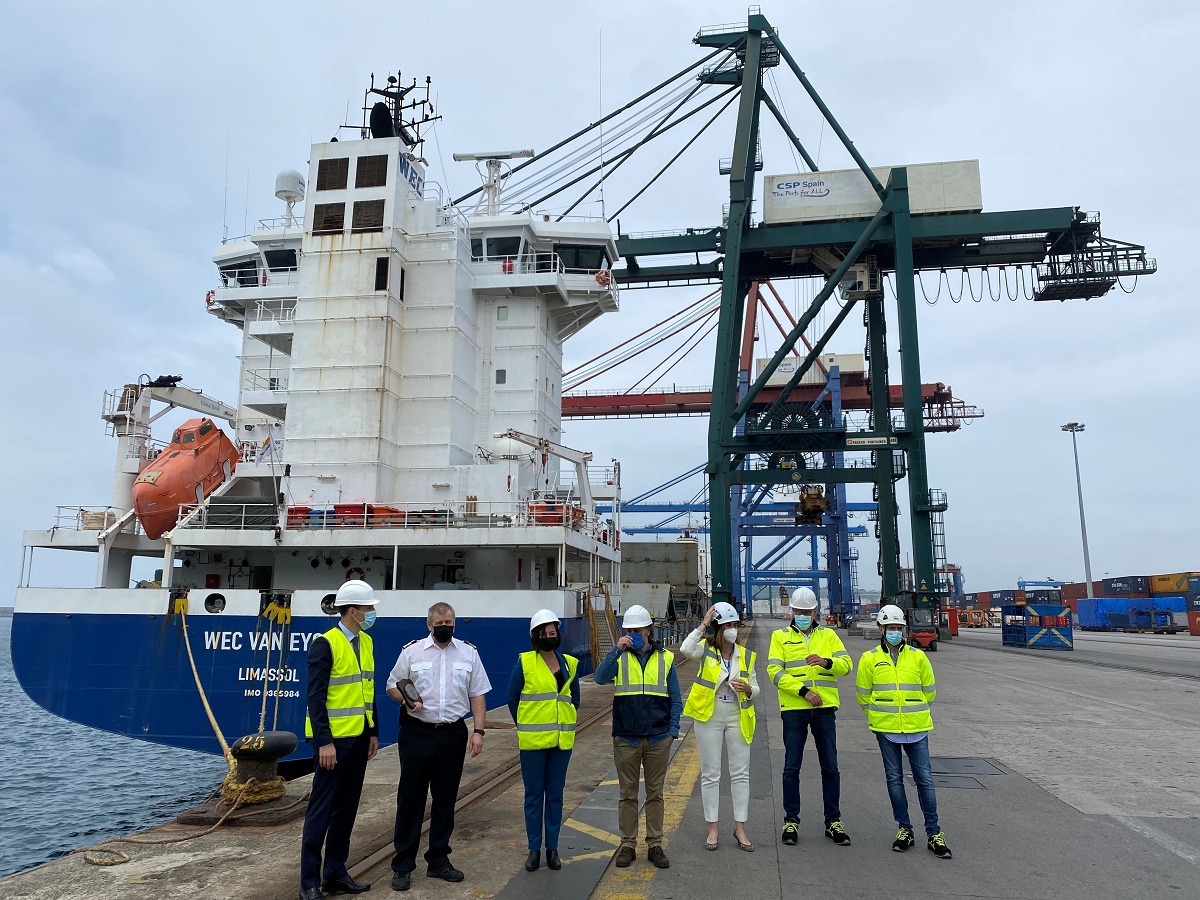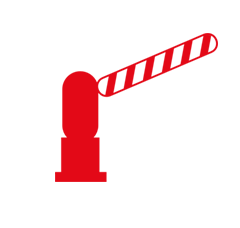The shipping company W.E.C. Lines has replaced its original vessel covering the weekly direct container service between Bilbao and Northern Europe and the United Kingdom with a larger one, thereby further demonstrating the success of the service and the commitment of W.E.C. Lines to the port of Bilbao.
The new vessel, which has been presented with a commemorative metope at the container terminal managed by CSP Iberian Bilbao Terminal, is the WEC VAN EYCK, with a capacity of 835 TEUs compared to the 658 of the previous vessel. The commissioning of this vessel also means an increase in the capacity of European shortsea shipping, expanding WEC Lines’ options in the market to reduce carbon emissions and offering the possibility of moving cargo from truck or rail to ship.
The shipping company has also announced that, only four months after the start of this service, the line will have a direct call at the port of Thamesport (UK), following the increase in the volume of cargo they are handling after Brexit. It will also improve rail connections from the Port of Bilbao.
The home port of W.E.C. Lines is Moerdijk, in the Netherlands, from where its services connect to further destinations such as Thamesport, Immingham, Teesport and Blyth in the UK, Oslo, Moss and Kristinasand in Norway, Duisburg in Germany and Wroclaw in Poland. The shipping company also runs an emblematic weekly service between the port of Bilbao and the Canary Islands and Casablanca. In 2008, this became the first service provided by W.E.C. in Spain.
Main terminal of the Atlantic Arc
The CSP Iberian Bilbao Terminal, where the WEC VAN EYCK will moor every Tuesday, is part of the COSCO SHIPPING Ports (Spain) Terminals S.L.U. group (CSP Spain). With a surface area of 43.8 hectares, 540 power outlets for reefer containers and a 21m deep and 1.15km long berthing line, the CSP Iberian Bilbao Terminal is the main container terminal of the Atlantic Arc and offers good connections to the main ports of Northern Europe.
Lighting in the terminal was recently upgraded to LED technology, and AI-based surveillance cameras have been installed around the perimeter. This system exceeds the security standards required of a container terminal, and has enabled it to obtain Authorised Economic Operator (AEO) status for customs simplification and safety and security.

With the aim of optimising the work, the arrivals and the time of the forwarders, CSP IberianBilbao has also designed an access consultation website for the delivery and collection of containers, where the forwarder can check if their cargo is ready to be collected, thereby ensuring that any such journeys are not made in vain.
Furthermore, the CSP Iberian Bilbao Terminal is equipped with a 42,000 m² rail terminal and a purpose-built container yard (mega-block) with a daily capacity of 3,000 TEUs, with four 550m-long tracks. The terminal also features an innovative crane system which enables containers to be positioned automatically and different references to be read, adjusting to each type of train and handling different compositions and cars.
As is the case with access gates for trucks, the rail terminal is equipped with OCR technology that has been rolled out in collaboration, once again, with the e-puertobilbao platform, thereby enabling full integration of rail traffic with Customs procedures. To this end, a series of processes have been designed that enable the terminal to send automatic EDI messages when train loading has been completed and which provide the composition of the train.

 Port access
Port access